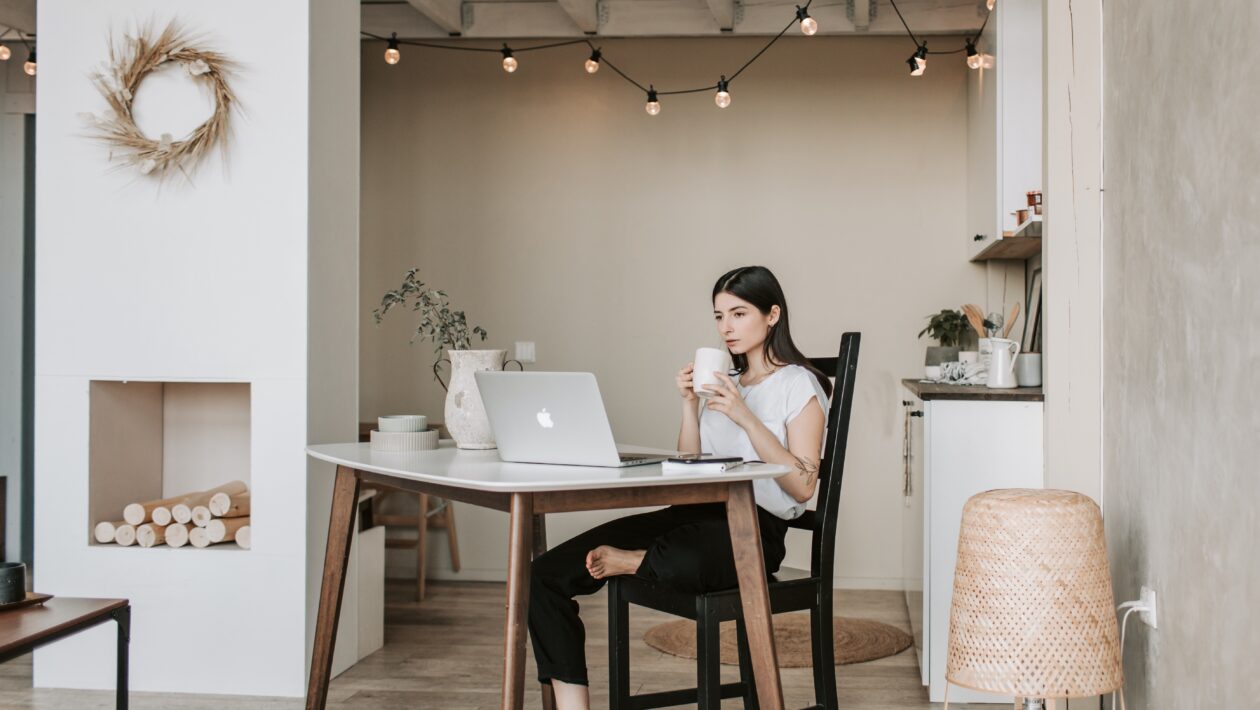Creating an obstacle-free home is essential to ensure that everyone in the household can move around with ease and safety, regardless of their age or physical ability. Whether you have young children, elderly family members, or individuals with mobility issues, making your home more accessible can improve their quality of life and prevent accidents. In this article, we’ll discuss some tips on how to make your home obstacle-free.
- Declutter and organize
The first step in making your home obstacle-free is to declutter and organize. Remove any items that are blocking pathways, such as furniture, toys, or boxes. Make sure there is enough space for people to move around freely, especially in high-traffic areas such as hallways and doorways and the carpets are not ripped. Mend any damage using Expert Carpet Repair.
- Install handrails and grab bars
Handrails and grab bars can provide support and stability to people who have difficulty walking or balancing. Install handrails on both sides of staircases, and grab bars in the bathroom near the toilet, shower, and bathtub. Make sure they are securely fastened to the wall and can support the weight of the user.
- Improve lighting
Good lighting is essential for safe and easy movement around the house. Make sure each room is well-lit, especially staircases, hallways, and entryways. Install bright, energy-efficient bulbs, and use dimmer switches to adjust the lighting to different needs. Add night lights in hallways and bathrooms to improve visibility at night.
- Use non-slip flooring
Slippery floors can be hazardous, especially for young children and elderly people. Use non-slip flooring materials, such as textured tiles or carpets, to prevent slips and falls. Avoid using rugs or mats that can cause tripping or slipping. Make sure the flooring is even and free of cracks or bumps.
- Adjust furniture placement
The placement of furniture can affect the flow and accessibility of a room. Move furniture to create wider walkways and clear paths. Avoid placing furniture in front of doors or windows. Make sure there is enough space for wheelchair users or walkers to move around comfortably.
- Use assistive devices
Assistive devices can improve mobility and independence for people with physical disabilities. These may include walkers, canes, wheelchairs, or mobility scooters. Make sure the devices are easily accessible and stored in a secure location. Consider installing ramps or lifts to provide easier access to different parts of the house.
- Install easy-to-use door handles and locks
Door handles and locks can be difficult to use for people with arthritis or other hand conditions. Install lever-style door handles and easy-to-use locks that do not require twisting or gripping. Make sure the doors are wide enough to accommodate wheelchairs or walkers.
In conclusion, making your home obstacle-free is an essential step towards improving safety, accessibility, and comfort for everyone in the household. By following these tips, you can create a more welcoming and inclusive environment that accommodates a variety of needs and abilities. Remember to regularly assess and adjust your home’s features to ensure that it remains obstacle-free as your needs change over time.

